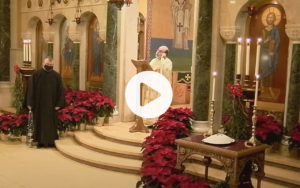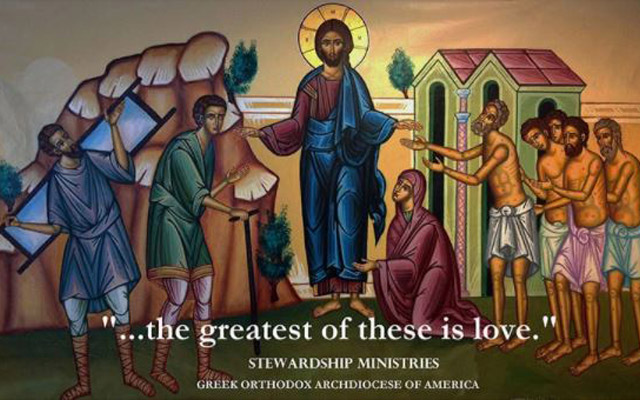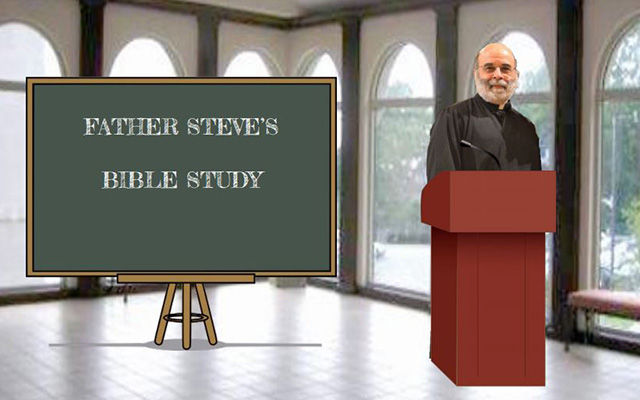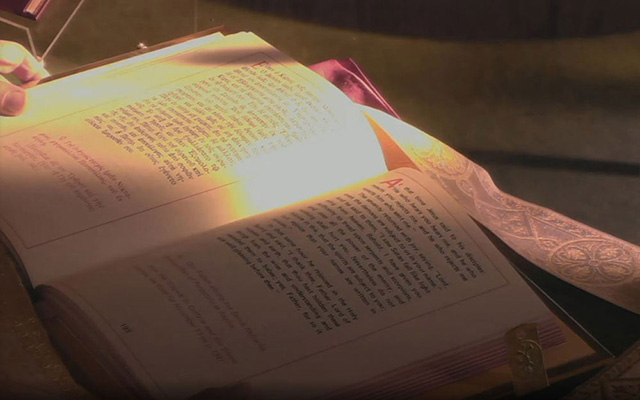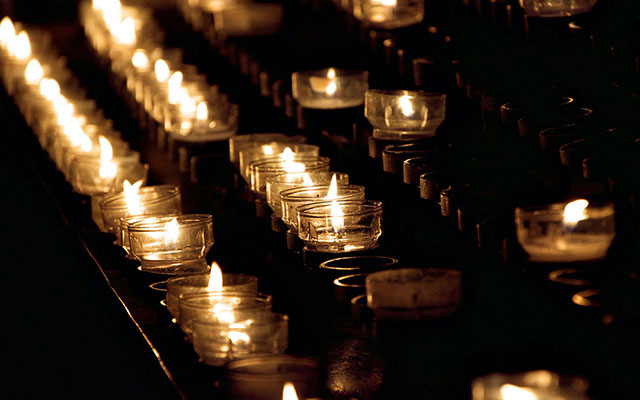The Dormition of our Most Holy Lady Theotokos and Ever-Virgin Mary (Part I)
After the Ascension of the Lord, the Mother of God remained in the care of the Apostle John the Theologian, and during his journeys, She lived at the home of his parents, near the Mount of Olives. She was a source of consolation and edification both for the Apostles and for all the believers. Conversing with them, She told them about miraculous events: the Annunciation, the seedless and undefiled Conception of Christ born of Her,


